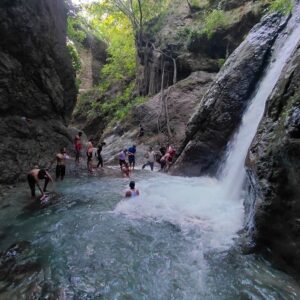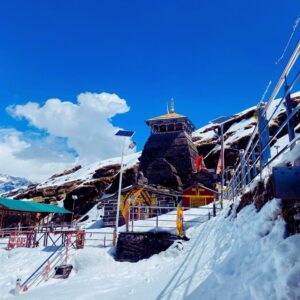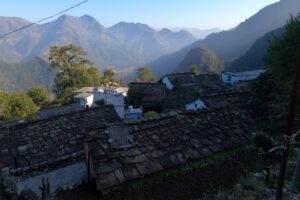Discover the Asan Barrage for Birding: known as Dhalipur Lake
The Asan Barrage wetland lies near the confluence of two rivers – Asan and Yamuna – near Dehradun, making it a popular destination for waterfowl, both waders, and divers. In fact, many of the bird species listed as globally threatened or in the IUCN Red Data Book have been observed at Asan.
The barrage is 287.5 m long, with the river bed being 389.4 m above sea level. The minimum and maximum water levels are 402.4 m and 403.3 m asl, respectively.
The Asan reservoir is fed by the river Asan and the discharge channel of Yamuna year-round, making it a reliable source of water for both birds and people alike.
Suggested Read – Top 5 Birding Lakes in Uttarakhand
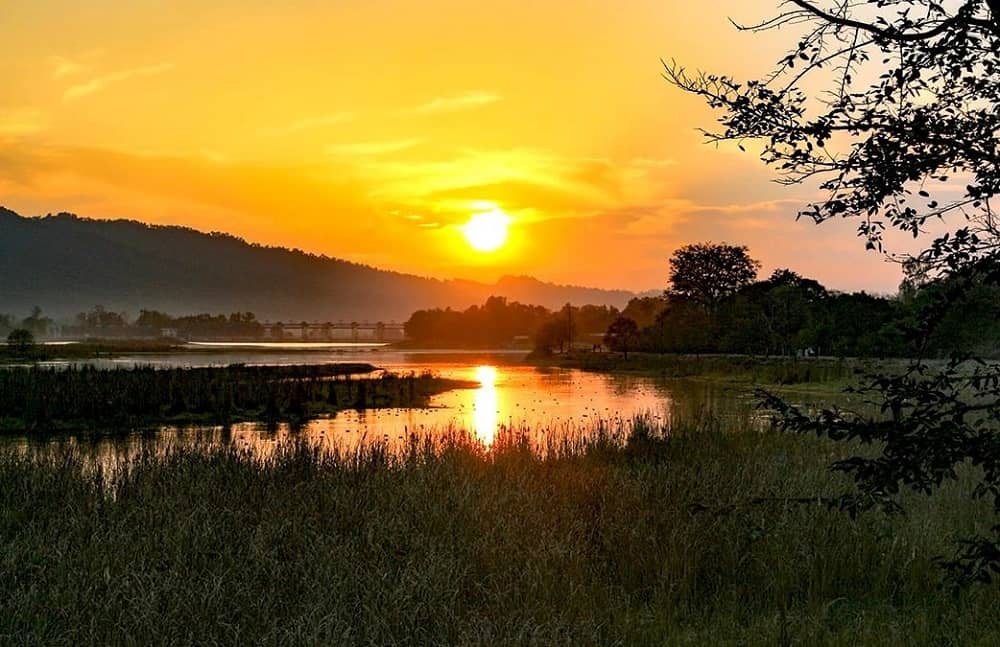
Assan Barrage Activities
One of the standout features of the Assan Barrage Bird Sanctuary is its role as a winter refuge for migratory birds. From October to March, the sanctuary hosts thousands of birds from colder regions of Europe and Asia. Among the popular species spotted here are the Northern Pintail, bar-headed goose, and Kingfisher, creating a vibrant spectacle for wildlife enthusiasts.
The first to arrive is the shoveller, followed by the ruddy shelduck, mallard, coot, cormorant, egrets, wagtails, and pond heron. Birds of prey like the Pallas fishing eagle, marsh harrier, greater spotted eagle, osprey, and steppe eagle add to this magnificent diversity.
Birds: Greylag, Brahminy, C.Teal, Mallard, C. Pochard – Arrival: October / Departure: March/April
Assan Barrage Bird Sanctuary
Tthe Assan Barrage Bird Sanctuary serves as a crucial winter home for migratory birds from October to March, including species like the Northern Pintail and bar-headed goose. It’s also a hub for water sports, offering facilities for rowing, kayaking, water skiing, paddle boarding, and motor boating at the GMVN water sports complex.
Suggested Read – Top 51 Visiting places in Rishikesh
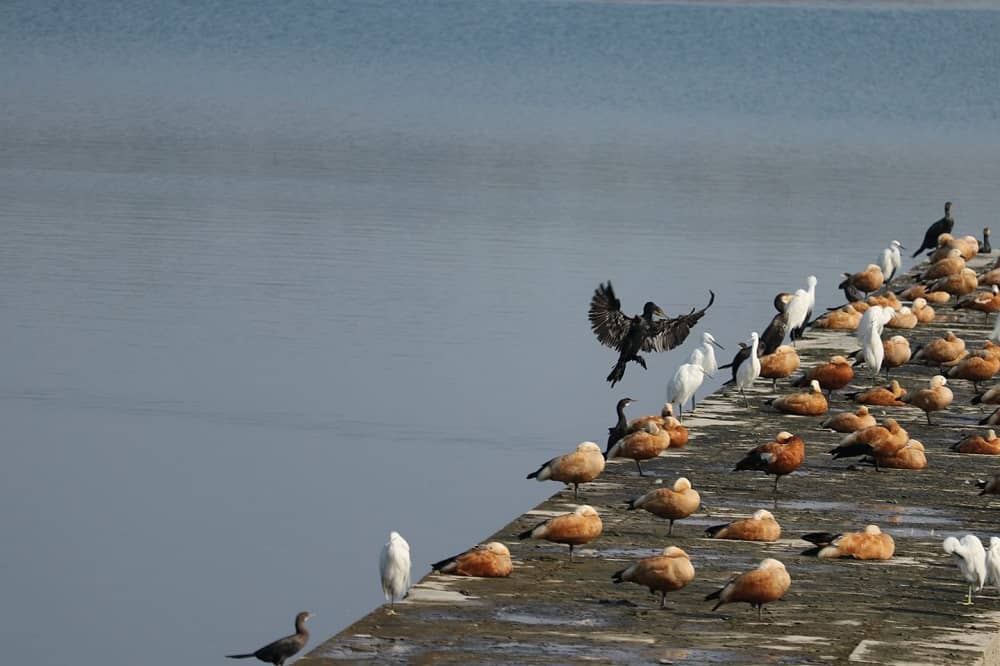
Asan Barrage GMVN
The barrage area is also renowned for water sports. The GMVN water sports complex provides excellent facilities for activities such as rowing, kayaking, water skiing, paddle boarding, and motor boating. All necessary equipment is conveniently available on-site, making it a popular destination for water sports enthusiasts as well.
Conclusion
We hope you enjoyed the wetland blog. Next time you’re in the vicinity of Dehradun, why not make a trip to the Asan Barrage wetland? It’s a great place for birdwatching and there are even chances of spotting a few mammals too.
FAQ
Q. Asan Barrage distance from Dehradun?
A. The Assan Barrage is located 42 kilometers from Dehradun, while the nearest airport, Jolly Grant Airport, is approximately 71 kilometers away.




